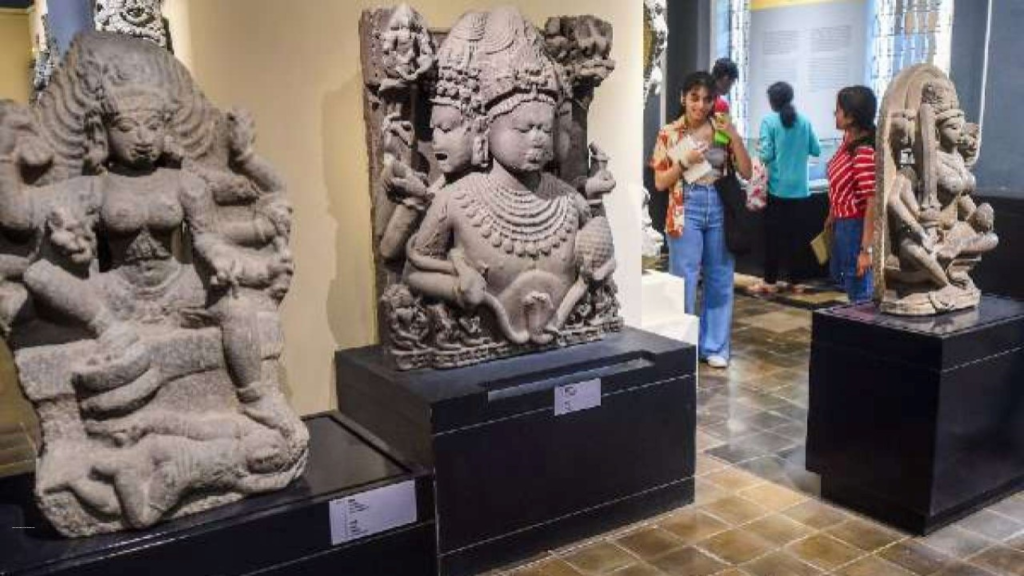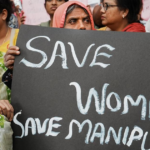
In a historic announcement, Prime Minister Narendra Modi unveiled plans for the upcoming Yuge Yugeen Bharat National Museum, which is set to become the world’s largest museum, showcasing India’s cultural heritage spanning over 5,000 years. The museum, housed in the iconic North and South blocks in the heart of Delhi, will cover an impressive area of 1.17 lakh sqm, comprising 950 rooms spread over a basement and three storeys.
The highly-anticipated museum will be divided into eight thematic segments, each telling a unique chapter of India’s fascinating history. These segments include ancient Indian knowledge, ancient to medieval eras, the medieval period, the transition phase to modern India, the colonial rule, the freedom struggle, and the 100 years following India’s independence in 1947, focusing on the vision for the future. A senior official shared that the museum aims to be “forward-looking,” offering visitors a comprehensive understanding of India’s rich civilizational culture and its evolution through time.
During the inauguration of the International Exhibition-cum-Convention Centre (IECC) complex, Prime Minister Modi proudly announced the Yuge Yugeen Bharat National Museum. The virtual walkthrough of the museum, which was launched on International Museum Day earlier this year, gave visitors a glimpse of what to expect once the museum is completed. The digital experience revealed galleries and gardens designed to immerse visitors in India’s ancient town planning systems, the Vedas, Upanishads, ancient medical knowledge, and more.
The museum is set to house a remarkable collection of ancient artifacts and treasures from the National Museum, currently located on Janpath. These invaluable items will be shifted to the buildings of the North and South Blocks as part of the project. The South Block, which houses important government ministries such as External Affairs and Defense, along with the Prime Minister’s Office, and the North Block, home to the ministries of finance and home, will now become guardians of India’s cultural heritage alongside their administrative roles.
Union Minister of State for Culture, Meenakashi Lekhi, expressed that the current National Museum building on Janpath will play a vital role in the Kartavya Path, previously known as Rajpath. The Kartavya Path is a ceremonial axis that stretches from India Gate to Raisina Hill and holds immense symbolic significance for the nation.
The foundation stone of the existing National Museum was laid by India’s first Prime Minister, Jawaharlal Nehru, on May 12, 1955. With the construction of the Yuge Yugeen Bharat National Museum, the nation pays homage to its rich history while looking ahead to a future that embraces its glorious cultural legacy.
As the world eagerly awaits the completion of the Yuge Yugeen Bharat National Museum, it promises to become a beacon of knowledge, enlightenment, and pride for India and its people. Visitors from around the globe will have the opportunity to immerse themselves in the awe-inspiring journey of a nation that has thrived for millennia and continues to rise towards a promising tomorrow.






